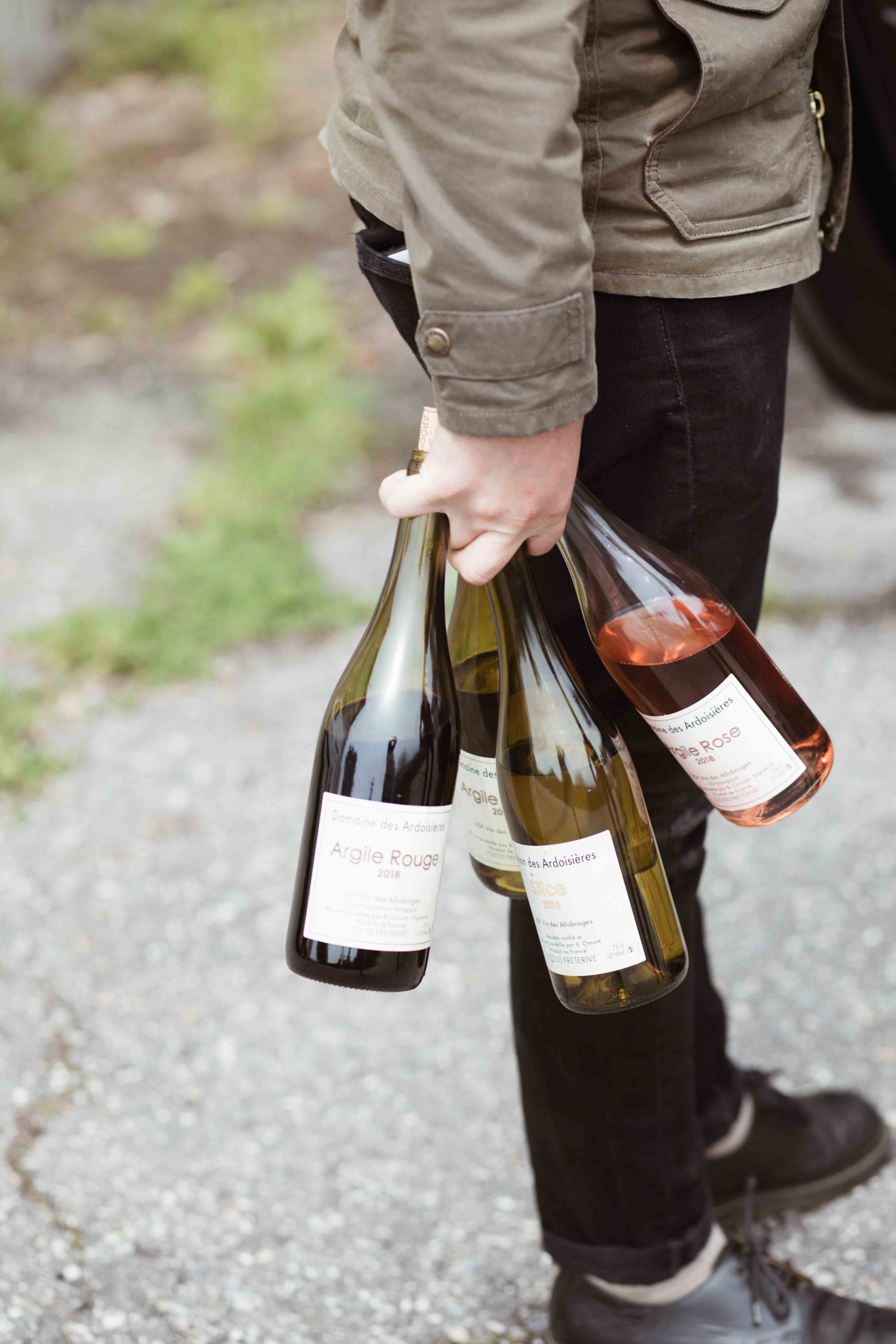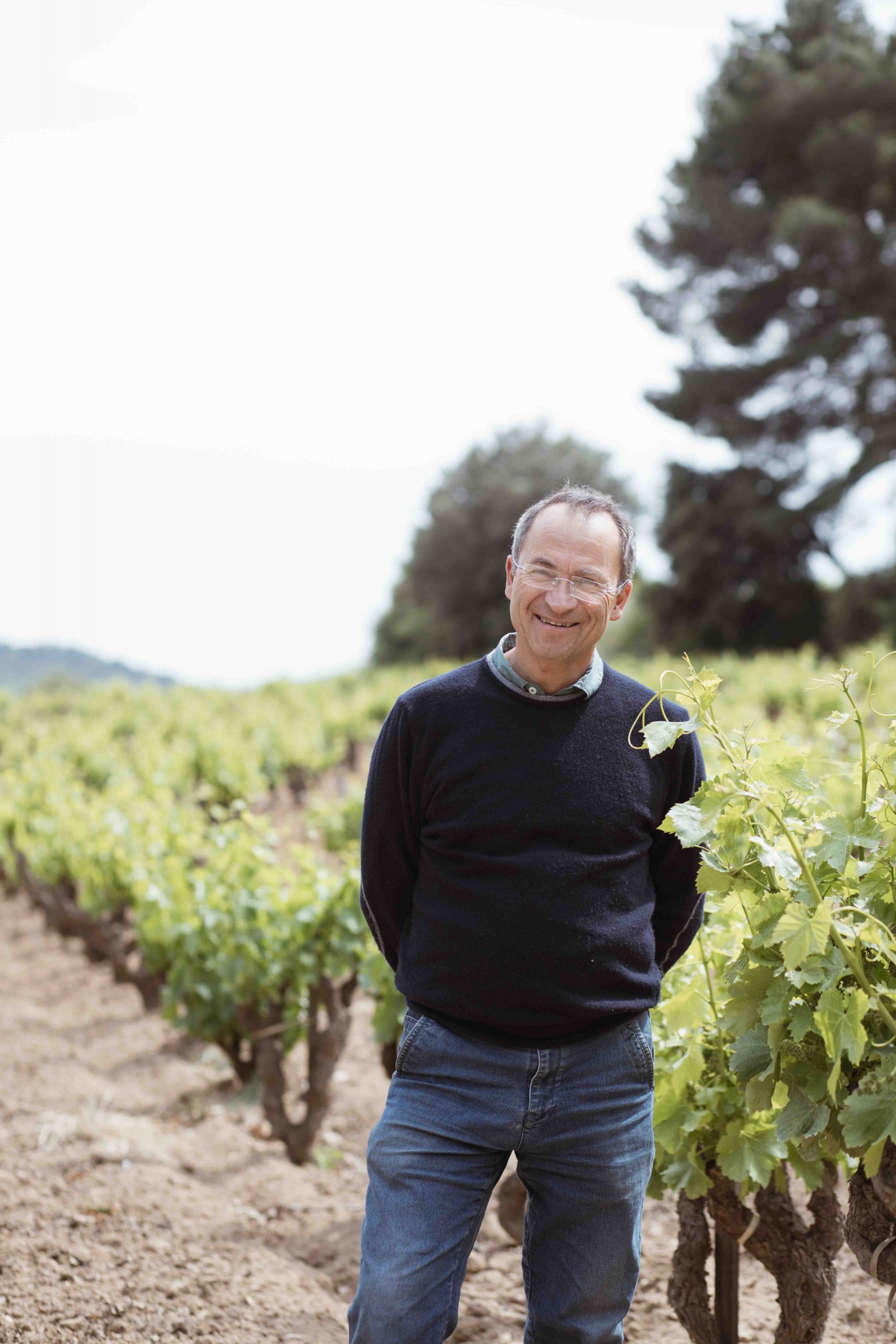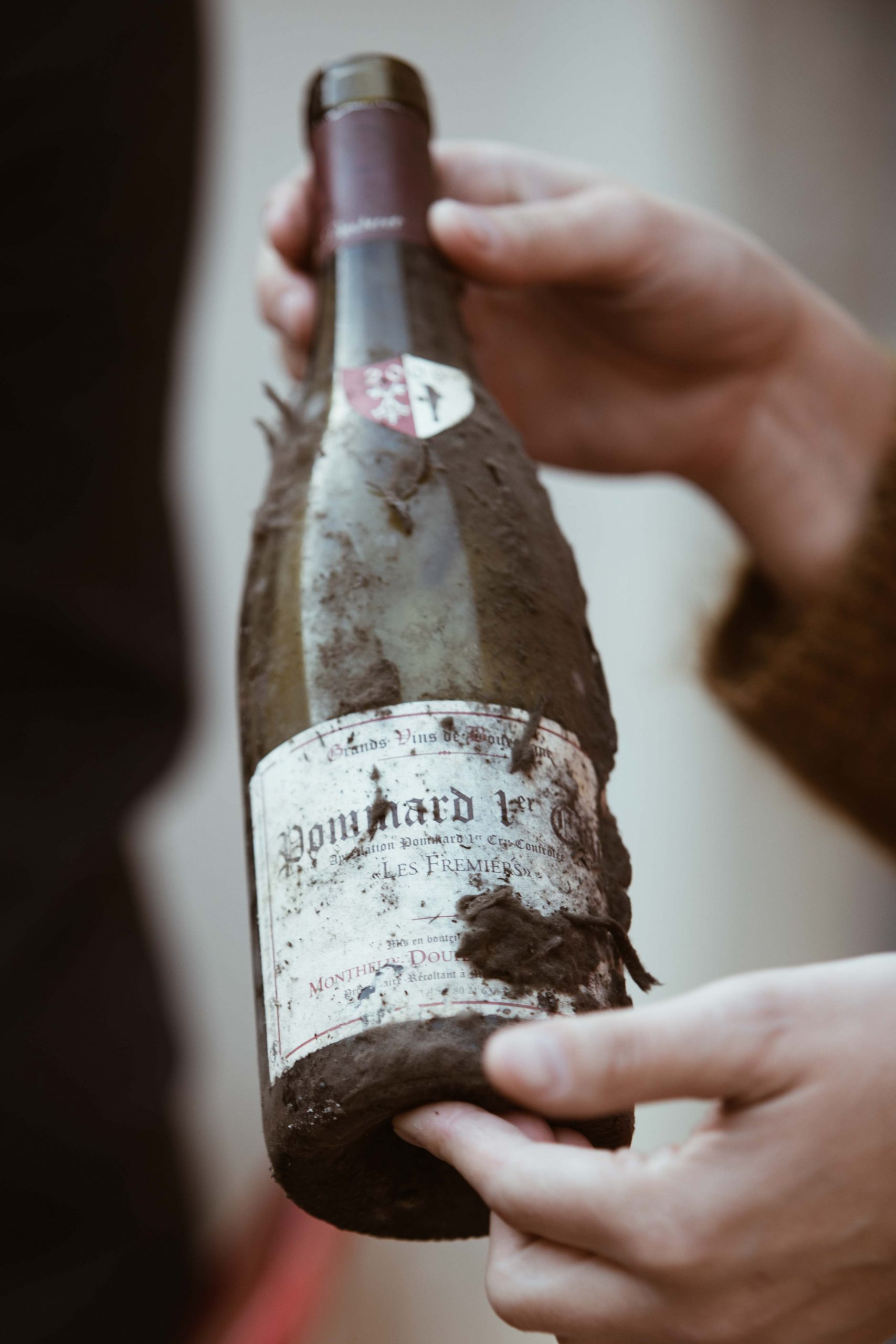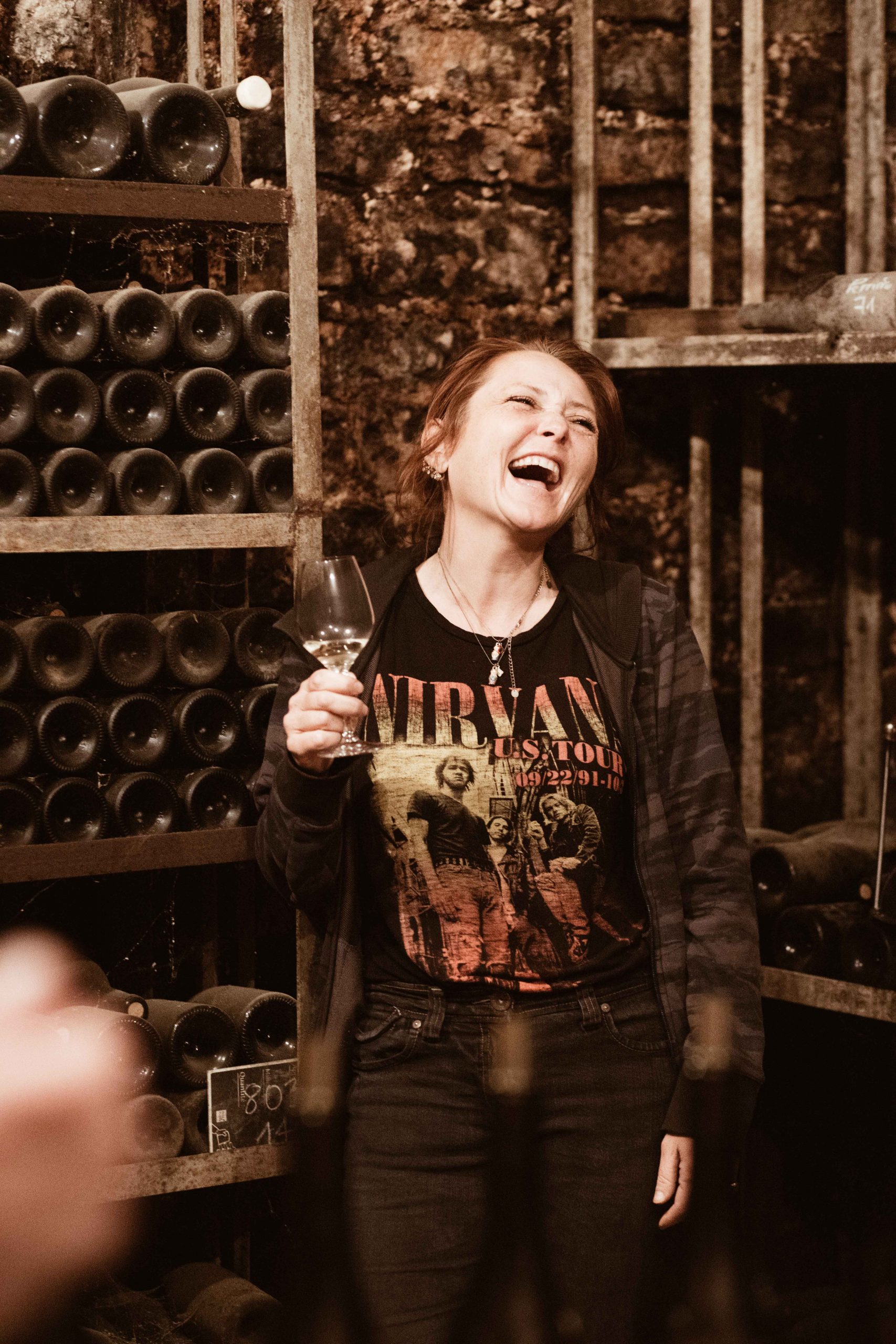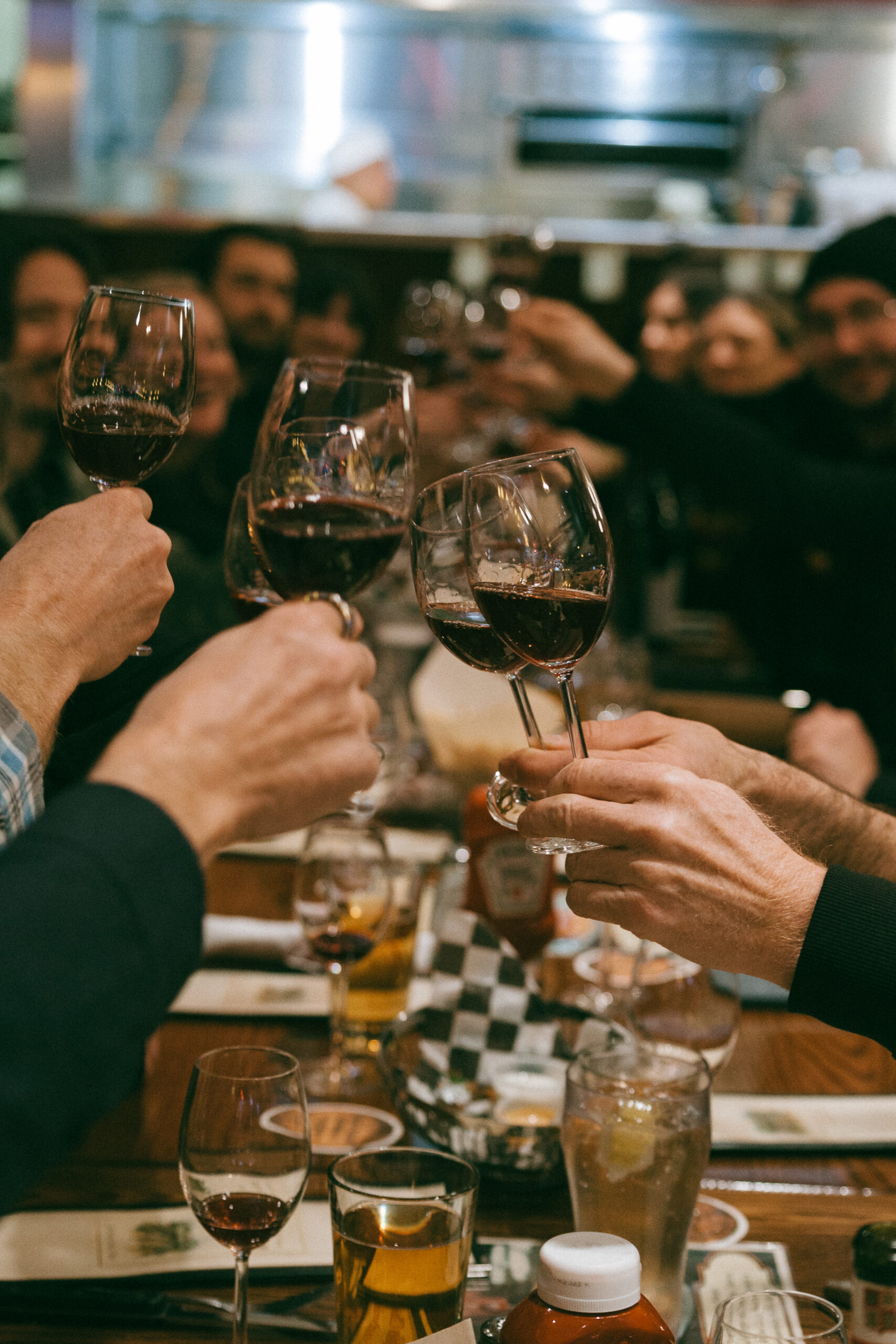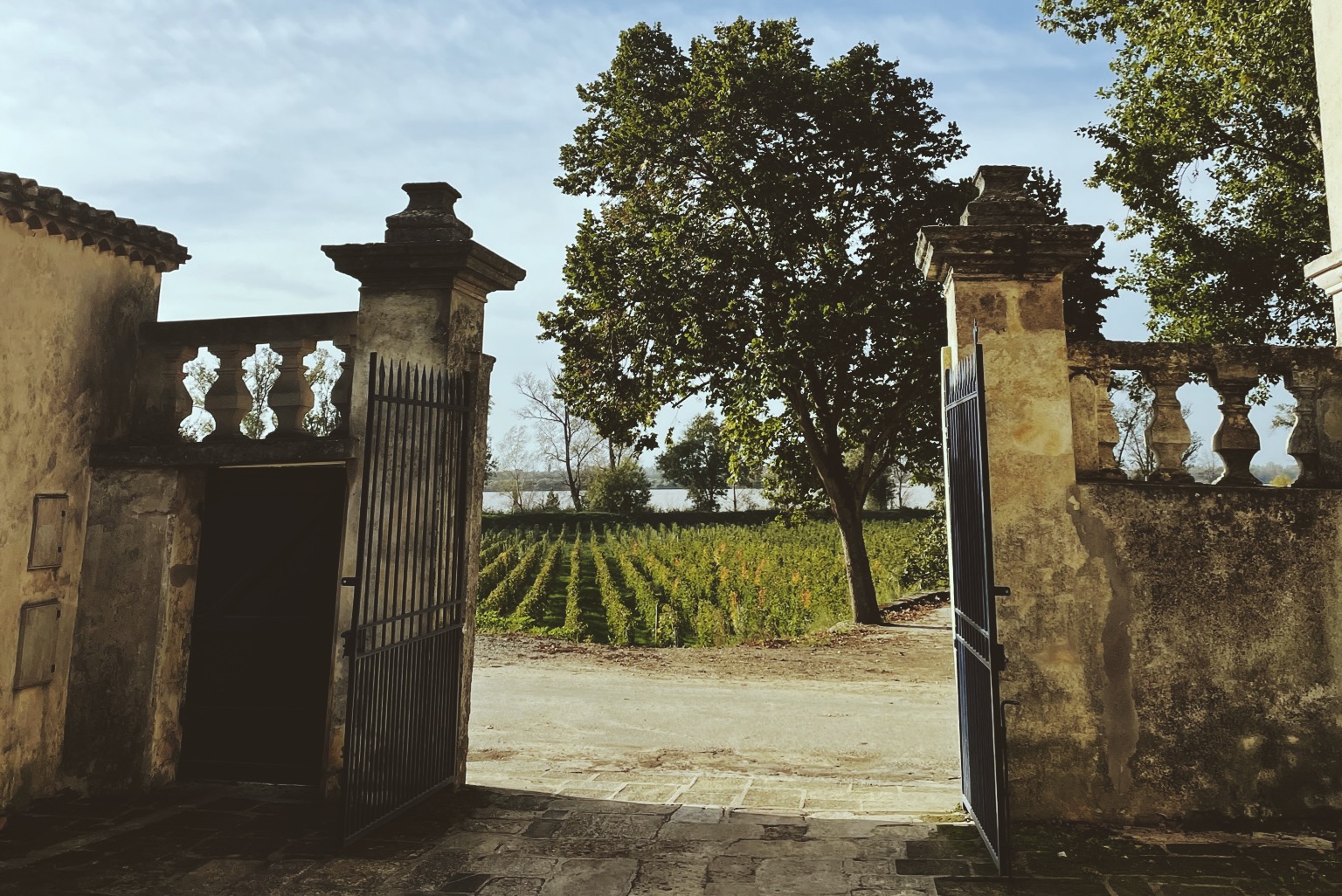
- Part of the same portfolio that produces Tertre Roteboeuf, Roc de Cambes is François Mitjavile’s Côtes de Bourg property.
- These wines elevate this humble appellation by utilizing the best terroir in the region, with 12 hectares on Les Croûtes.
- The clay-limestone soil on a south-facing amphitheater echoes that of Tertre Roteboeuf.
- Roc de Cambes also encompasses Domaine de Cambes, a separate vineyard with more clay in its soil composition and less limestone.
- The wines from this property show the same care and attention to detail as Tertre Roteboeuf, providing an accessible look into one of the greatest estates in Bordeaux.
Roc de Cambes is an exciting part of the François Mijtavile portfolio, which also includes the legendary Tertre Roteboeuf. This Côtes de Bourg property benefits from having the same unique vision as its stablemate, and it is steadily gaining recognition from connoisseurs and critics alike. Roc de Cambes is elevating its humble appellation, showing the great potential of Côtes de Bourg.
Bourg consists of three successive banks of south-oriented hills that rise from the banks of the Gironde River. The first bank is called “Les Croûtes” and is considered the highest-quality terroir in the region. The heat here is tempered by the regulatory effect of the river, which shields the vineyards from extremes of temperature and encourages even ripening. This is where Roc de Cambes’ 12 hectares lie. 30+-year-old vines are planted to 80% Merlot and 20% Cabernet Sauvignon on a south-facing amphitheater of chalky clay soil – a terroir similar to Tetre-Rôtebouef’s, which intrigued François. After hand harvest and primary fermentation in concrete, the wine is then matured in an average of 50% new oak barrels for 15- 18 months.
Roc de Cambes also encompasses Domaine de Cambes, the part of the vineyard that lies immediately next to the estuary of the Gironde, which flows at the foot of the slope. Classified as an AOC Bordeaux, the Domaine des Cambes is often mistakenly viewed as the second wine of Roc des Cambes. It is a separate vineyard, with more clay in its soil composition and less limestone. This soil remains cool, allowing for an extended growing season. The grape varieties are approximately 55% Merlot, 40% Cabernet Franc, and 5% Malbec.
François Mijtavile crafts Bordeaux that are unlike their neighbors, sticking to his unique philosophy of late harvest, leaning in the degradation of grapes, especially in “off” vintages, and letting the wines dictate their final expression. He masterfully maintains balance and freshness while obtaining full ripeness. These are not wines that are simply powerful without subtlety – instead, they show intensity, personality, and refinement.
Farming and vinification practices: Sustainable
Showing all 2 results



